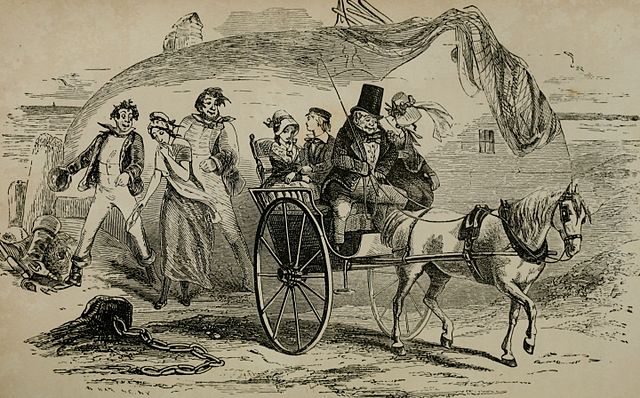A funny historic event occurred in 1910, when Virginia Woolf and her friends tricked the British Royal Navy into believing that they were Ethiopian royals. They got an official tour and inspection of the fleet out of it, and the Royal Navy got plenty of ridicule and embarrassment in return. Below are twenty five things about that and other funny – sometimes darkly funny – moments from history.
When Virginia Woolf Thought Blackface Was Funny

In 1906, Britain’s Royal Navy commissioned into service the battleship HMS Dreadnought. With a main armament of 12-inch-guns, and a speed of 21 knots, it was the most technologically advanced ship to date, better armed, faster, and stronger than any other vessel afloat. It immediately made all other battleships obsolete. Its introduction kicked off a naval arms race, as the world’s top navies rushed to build similarly-designed warships. Dreadnought became the RN’s pride and joy. That pride was pricked in 1910 by pranksters, whose numbers included a then-little-known Virginia Woolf. They were led by Horace de Vere Cole, a former Army officer who devoted his life to hoaxes after he was seriously wounded in the Second Boer War and invalided out of service.

Disguised by a theatrical costumier, the group darkened their skins, donned turbans, and pretended to be Ethiopian royals. They sent a telegram to the head of the Home Fleet, which stated “Prince Makalen of Abbysinia(sic)and suite arrive 4.20 today Weymouth. He wishes to see Dreadnought. Kindly arrange meet them on arrival“. It was signed in the name of a Foreign Office official. At Weymouth, orders were swiftly issued, and an honor guard was prepared. In the meantime, one of the pranksters, accompanied by the Ethiopian “royals” and claiming to be their Foreign Office interpreter and chaperone, went to London’s Paddington station. There, he demanded a special train to Weymouth, and the station master obliged with a VIP carriage.

